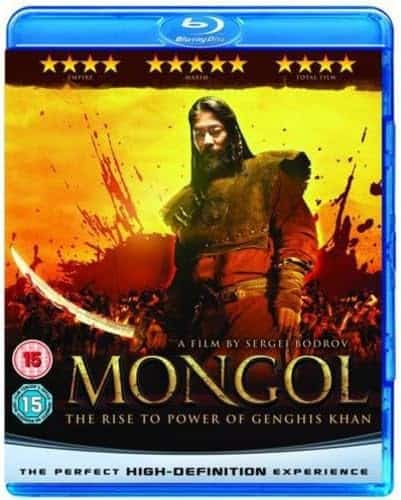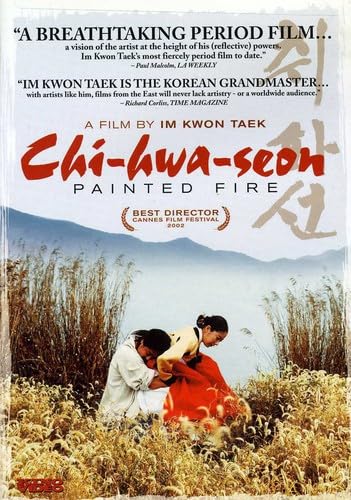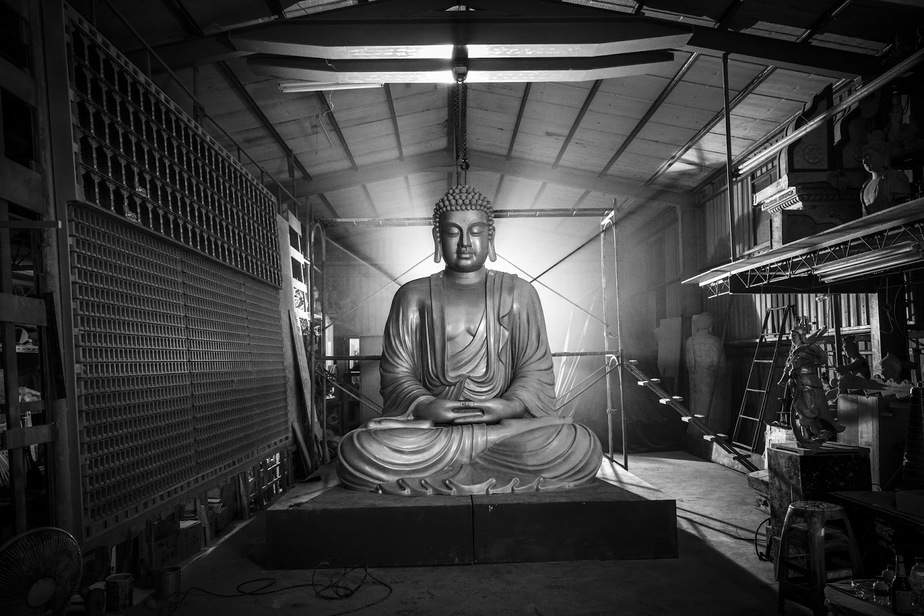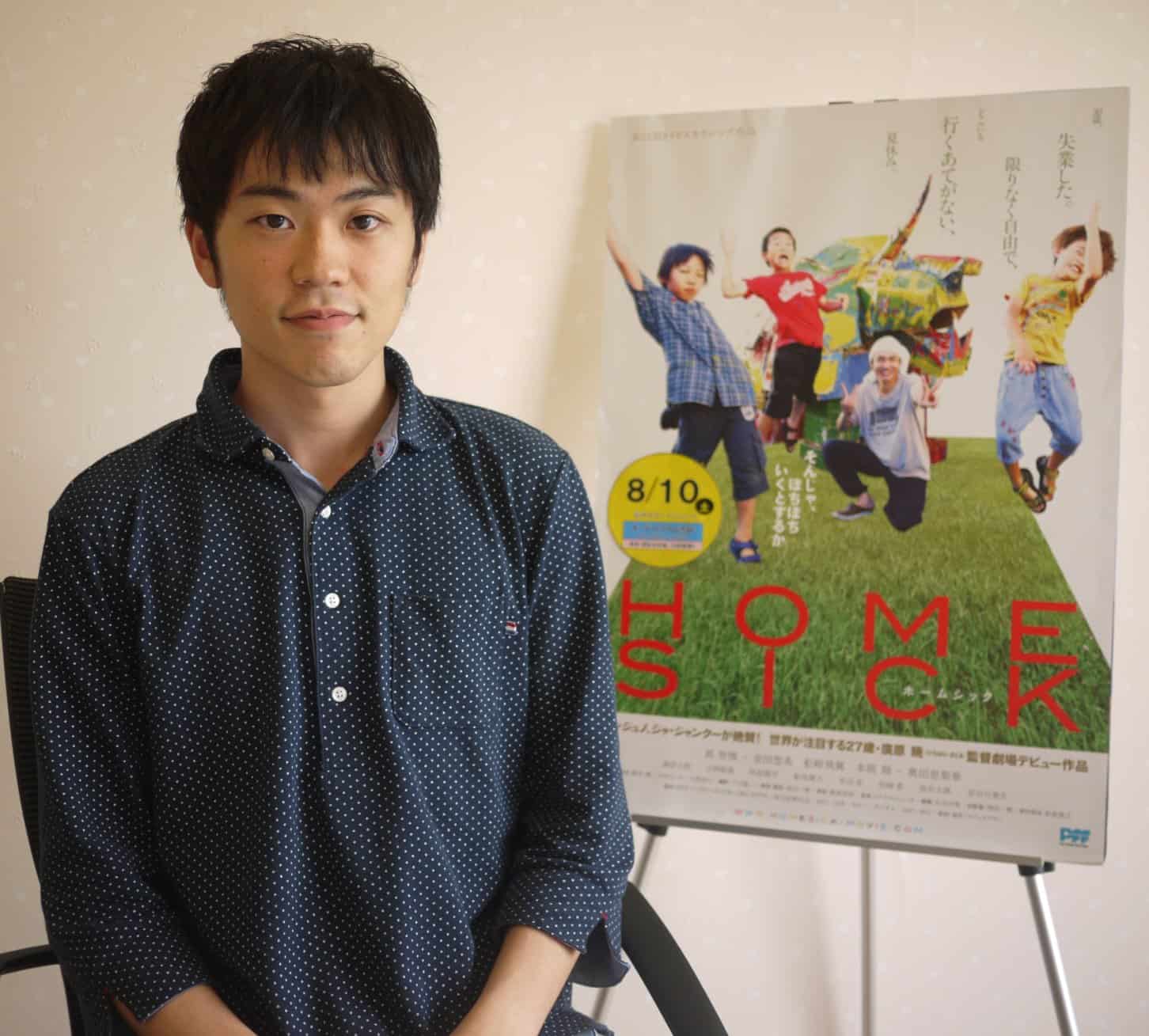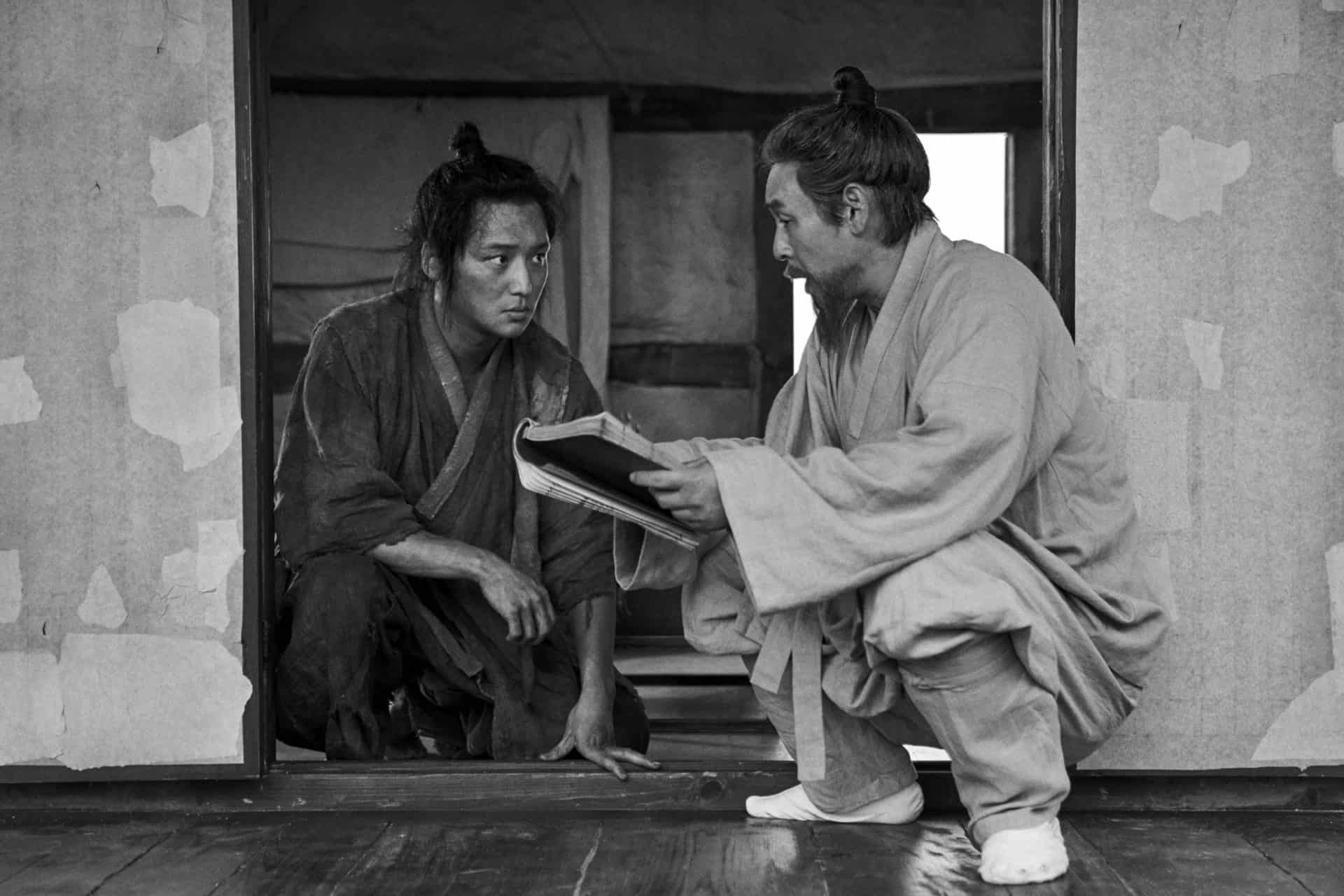History may repeat itself, but not all heroes do. Merited for both their subjects and aesthetics, “30 Great Asian Biopics” collates national freedom fighters, last emperors, and hidden figures within the grand fabric of the past. We've got war epics, martial arts struggles, and simple slice-of-life films alike for your viewing pleasure. Take up the chance to learn of some of Asia's greatest historical figures in our list below!
A number of the productions included in the list are not Asian at all, but since their main subject was an Asian, we decided to include them.
1. Mongol (Sergei Bodrov, 2007, Mongolia)

Having a Russian director (Bodrov) and a Japanese protagonists (Asano) in a movie about the Mongolian Genghis Khan does not sound like a great idea, but the Russian director really made it work, presenting a movie that focuses on realism, rather than impression. The particular movie was going to a part of a trilogy that was never fulfilled, and thus narrates mostly the life of Temujin, before he became Genghis. The feuds between the various Mongol tribes take center stage, but the scene that definitely stays on mind is of Asano looking out the prison bars. (Panos Kotzathanasis)
Buy This Title
2. Dare to Stop Us (Kazuya Shiraishi, 2018, Japan)
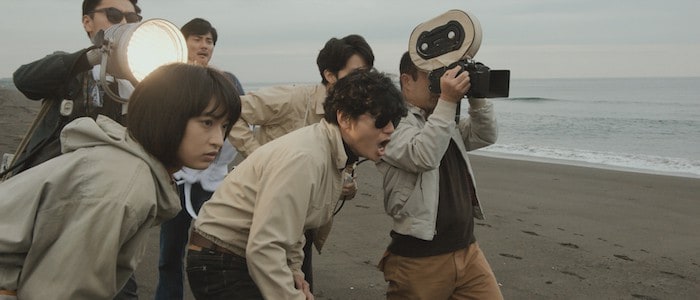
“Dare to Stop Us” is not an artistic accomplishment in any way, but through an interesting story, the presentation of a director and an era that are among the most interesting in Japanese cinema industry, manages to be a distinct sample of what we call “soup for the soul”. (Panos Kotzathanasis)
3. The Miracle of Crybaby Shottan (Toshiaki Toyoda, 2018, Japan)
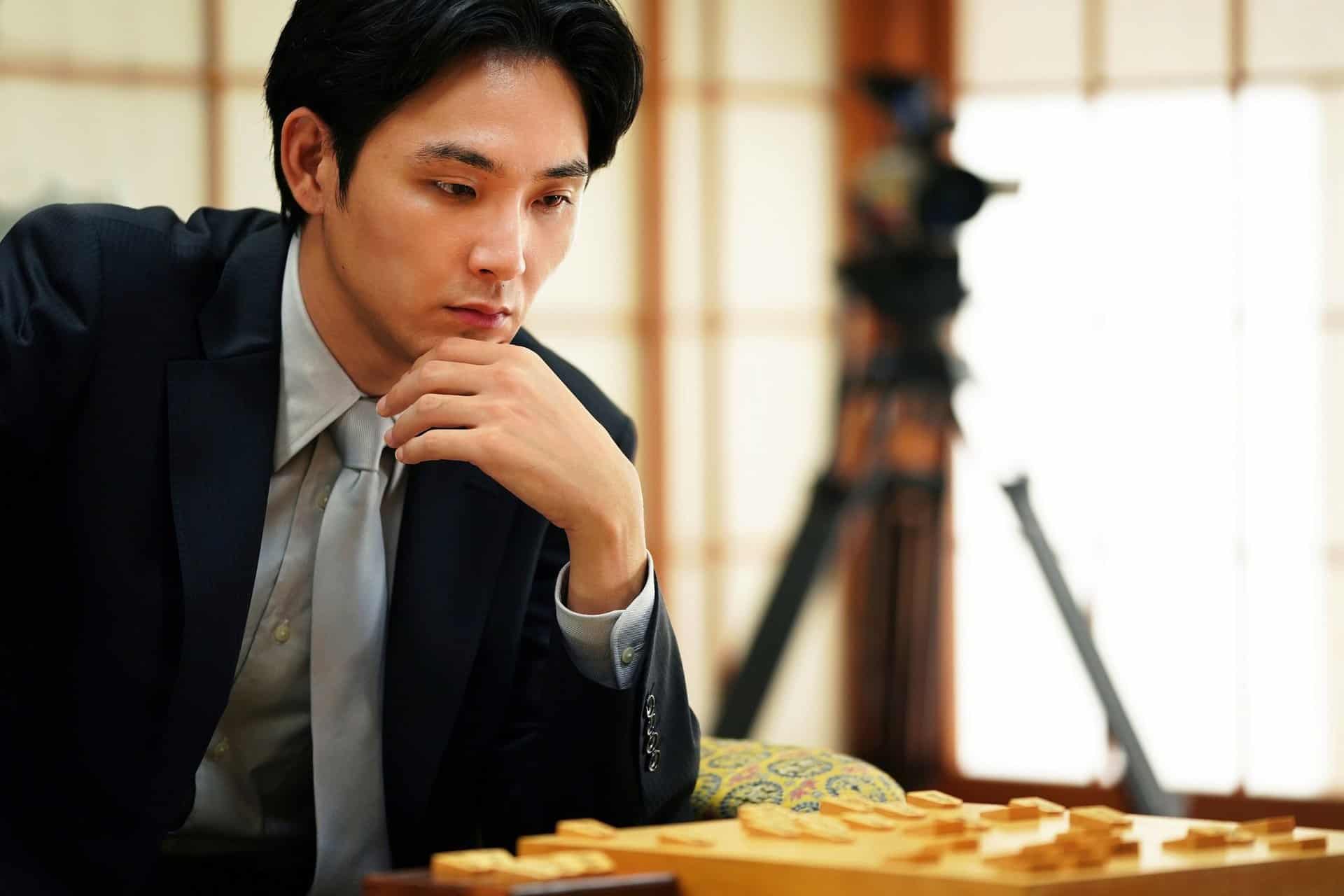
Two elements dominate all parts of the narrative. The first one is failure, which is the theme most explored in the film, as Toyoda deals with its impact, which can result in despair or instead, more effort and subsequently, hope. Yuya's character and the three first parts deal with the first path, inducing the film with a rather dramatic essence, while the fourth with the second one, thus allowing the movie to end with a very happy and hopeful note (a happy end, if you prefer) (Panos Kotzathanasis)
4. The Wind Rises (Hayao Miyazaki, 2013, Japan)

“The Wind Rises” tells the story of Jiro Horikoshi, a man who designed fighting planes for Japan during the war, but eventually started feeling regret for his manufacturing of these death-machines. This time, Miyazaki refrained from the magical realism of his previous film, instead shooting a biopic through an old-fashioned narrative, filled with nostalgia and romanticism. Through this setting, and the story of Jiro, Miyazaki presents the blight of war and its consequences on people, although the focus remained on the romantic story featuring in the film. (Panos Kotzathanasis)
Buy This Title
5. Satoshi: A Move for Tomorrow (Yoshitaka Mori, 2016, Japan)

Despite the dramatic intro, the film actually starts with a somewhat cheery tone, as Satoshi is portrayed as a book (manga) worm with no social skills, who lives a life filled with quirkiness. However, as time passes, the drama and the realism take over, as Satoshi's situation becomes more and more dire, and he is vacuumed in a downward spiral that threatens his own life. His obsession to win, his frequent drunken stupors that have him going against everyone who seems to care for him and his health make for a truly dramatic base, and form one of the two basic elements of the film. (Panos Kotzathanasis)
6. Painted Fire (Im Kwon-taek, 2002, S. Korea)

Im Kwon-taek's narrative approach focuses on detail, regarding both the actual story and the overall visuals, with Jeon Il-seong's cinematography matching the actual paintings of Seung-up in beauty, without neglecting realism. Furthermore, I found the fast and quite frequently abrupt editing of Park Soon-deok one of the best assets of the film, as it provided a great rhythm to the unfolding of the story that suits both the narrative and the overall aesthetics. (Panos Kotzathanasis)
Buy This Title
7. Dongju: A Portrait of A Poet (Lee Joon-ik, 2016, S. Korea)

Lee Joon-ik directs a film that moves in two axes. The first one is in the present, when Yun Dong-ju is interrogated by the Japanese, regarding his and Song Mong-kyu's actions. The second axis unfolds in the past, as it describes the events that led to their arrest. In an elaborate practice, the two axes mirror each other, with the past one appearing according to the questions of the interrogation. Furthermore, Yun's poems, most of which are autobiographical, are also narrated according to the corresponding event appearing on screen. The synchronisation of all the above is one of the film's biggest traits and finds its apogee in a sequence during the end, where scenes of both Yun and Song alternate in magnificent fashion. Consequently, the editing is masterful, despite the difficulty the narration presented. (Panos Kotzathanasis)
Buy This Title
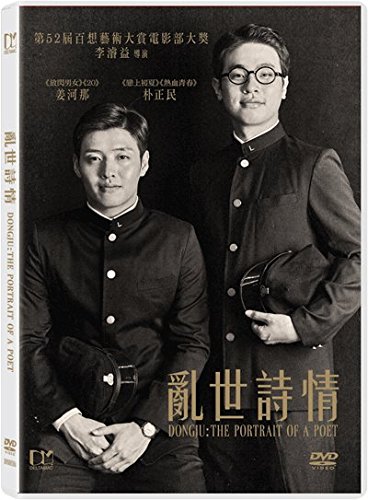
8. Zen (Banmei Takahashi, 2009, Japan)
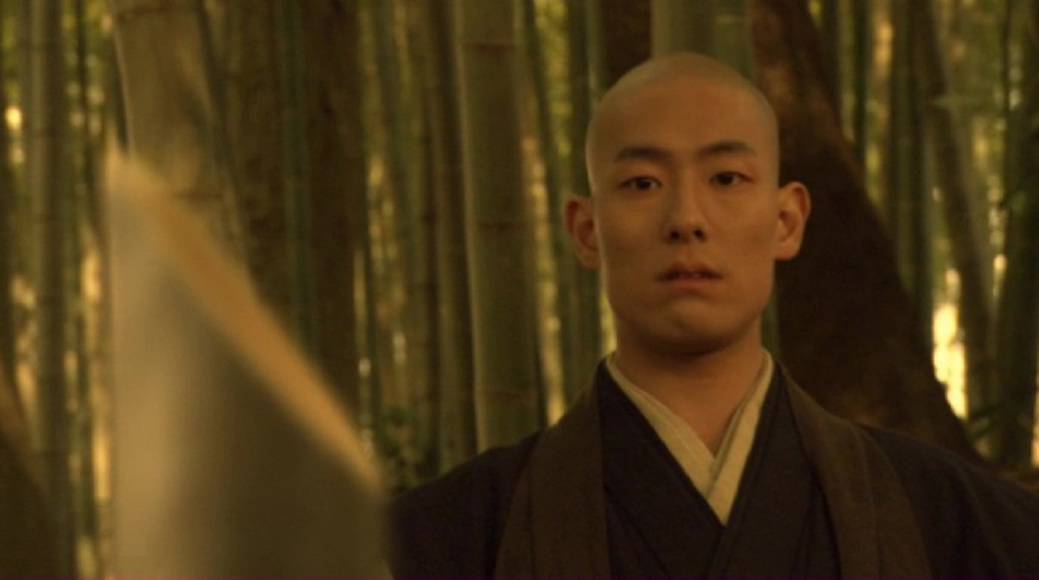
Banmei Takahashi came a long way and proved himself an excellent story-teller. “Zen” is a truly inspiring and informative movie. With the added subplot of Orin, the film even allows an emancipatory re-reading and gives the account of a strong woman who liberates herself from an oppressive society to reach enlightenment. (Alexander Knoth)
Buy This Title
9. The Last Executioner (Tom Waller, 2014, Thailand)
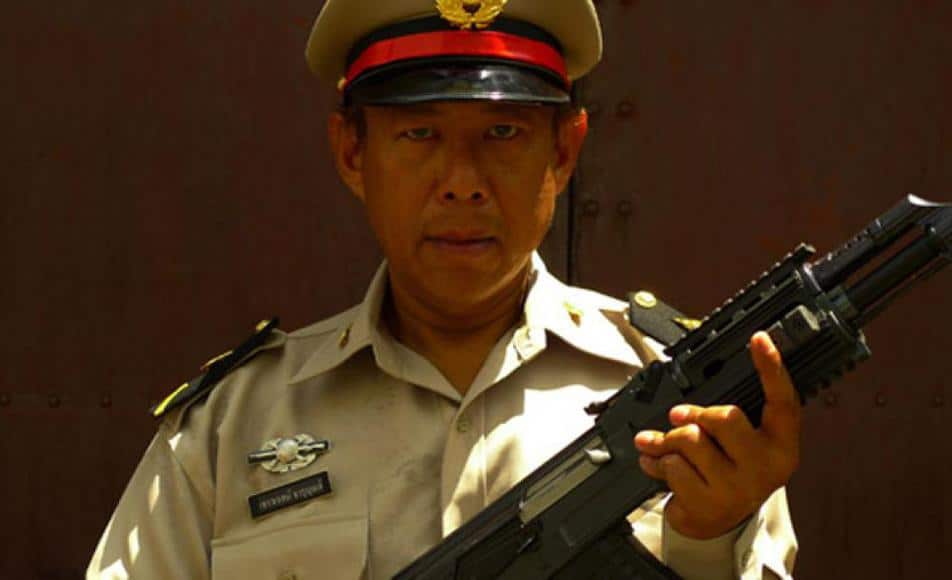
The films depicts the story of Chavoret, starting in the 60's, when he was a guitar player in a rock n roll band, to the woman he met and fall in love with, and to the family he had with her, and the job he got in the prison in order to support them. Then, his initial transfer to the death squad, although as an assistant and not an executioner yet, and his final appointment as main executioner, particularly due to his family's financial problems, since this line of work included a raise of 2000 baht. Lastly, his discharge from the prison, the books he wrote and his efforts to find solace from the guilt he suffered from the 55 executions he performed, to his death due to cancer… “The Last Executioner” is a great film that manages to combine meaningfulness and artistry with history, in a truly impressive package. (Panos Kotzathanasis)
10. Tatsumi (Eric Khoo, 2011, Singapore)

“Tatsumi” is a deeply personal work. Anyone who has spent hours working on a piece of art, honing their skill, will surely relate to this movie. There is a touch of justice when we see an old Tatsumi creating art. It hooks the audience in and takes them for a ride. It is not just a journey into who Yoshihiro Tatsumi is, but also into who we are. (Anand Singh)



